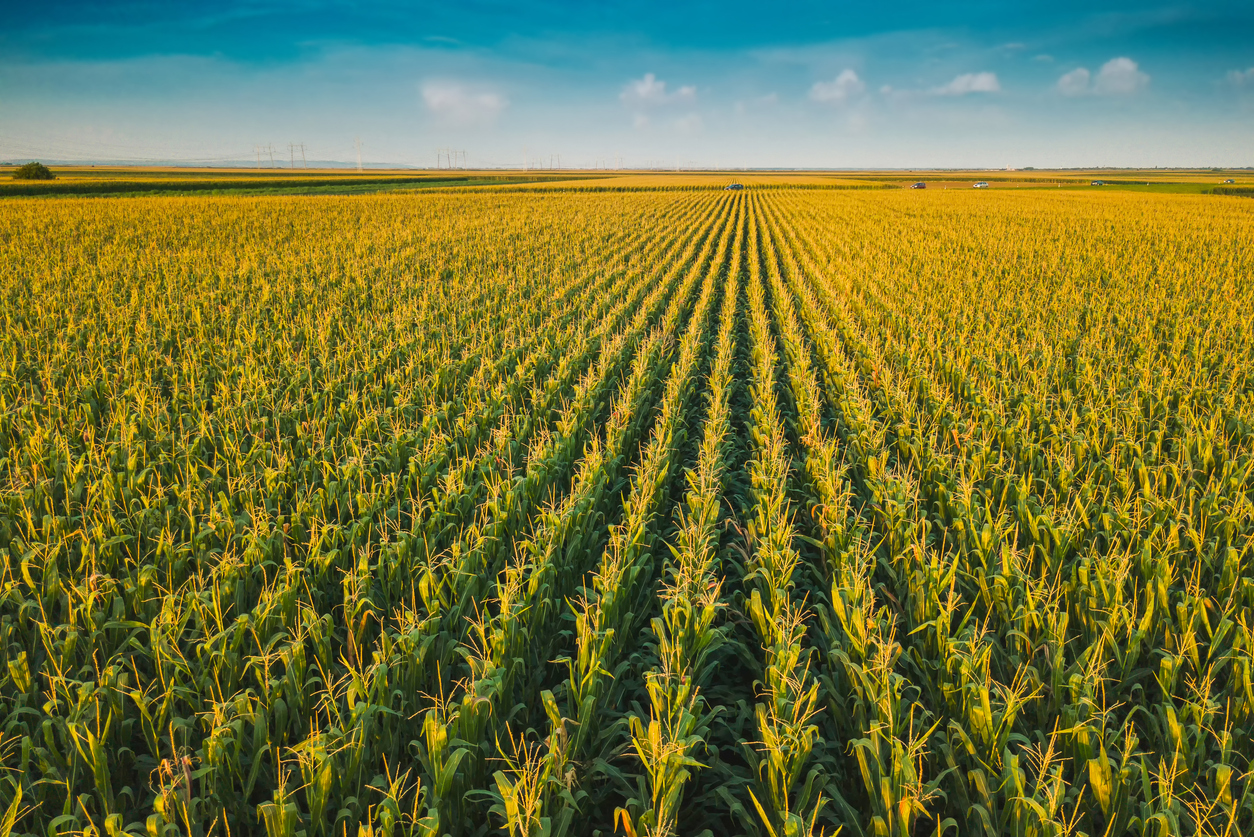What is the Impact of GM Crops on the Environment?
| |
Genetically modified (GM) crops have been widely adopted with a long history of safe use and no verified reports about their harmful effects on the environment. However, one of the prevailing questions about these products is whether GM crops are beneficial for the environment. This article presents some of the latest reports on the topic.

GM Crop Adoption
According to the ISAAA report, 190 million hectares, or 13% of the global arable land have been planted with GM crops in 2019. Over half of the global GM crop area was concentrated in five countries: the USA (38%), Brazil (28%), Argentina (13%), Canada (7%), and India (6%). In 2024, 32 countries have released GM crop cultivation approvals. The three latest countries that joined the list of approving countries are Kenya, Ghana, and Burkina Faso.
Environmental Benefits and GM Crops’ Halo Effect
Agricultural Economist Graham Brookes of PG Economics closely monitors the economic and environmental impact of GM crops globally. According to their report released in 2022, GM crops are considered a land-saving technology. Due to the productivity of GM crops, 183 million hectares of land were saved from being used as agricultural lands. Thus, preventing deforestation and also protecting biodiversity.
GM crops with herbicide tolerance and insect resistance are the leading technologies that impact pesticide use. Widespread adoption of crops with these traits has helped save 748.6 million kilograms of active ingredients of pesticides from being released into the environment. This reduction has further led to the lesser environmental impact associated with insecticide and herbicide use on these crops (as measured by the indicator, the Environmental Impact Quotient) by a more significant 17.3% between 1996 and 2020.
GM crops have also helped reduce carbon emissions. The adoption of herbicide-tolerant crops has led to a significant decrease in on-farm fuel use and helped farmers move from plow-based systems to reduced or no-tillage systems. Thus, herbicide-tolerant crops significantly contributed to decreased fuel use, thus decreasing CO2 emissions by 39 billion kg, which is equal to removing 25.9 million cars off the road for one year.
ISAAA summarizes these impacts on an infographic titled Contributions of Biotech Crops to Food Security, Sustainability, and Climate Change Solutions.
During one of the ISAAA webinars, Brookes emphasized the “halo effect” of GM crops. He said that while the growers directly benefit from planting GM crops in their lands, those who plant conventional crops nearby also gain benefits. For instance, the widespread adoption of virus-resistant papaya in Hawaii significantly reduced the effect of the virus in the islands. This, in turn, enabled the non-GM papaya growers to also continue to grow their crops having benefited from the area-wide suspension of the virus, thereby helping save Hawaii's papaya industry.
GM Crops, Good Practices, and Sustainable System
Researchers from the University of British Columbia in Canada and partners stressed the importance of targeting the development of crops that would help decrease the negative impact of agriculture on the environment.
According to their article published in Science, such GM crops are expected to contribute to a better environment, especially when complemented with strict resistance management measures. Furthermore, the use of gene editing tools will not just reduce the cost of improving crops, but will also speed up the development of such crops as long as stringent regulations are in place.
The benefits of GM and gene-edited crops will not be helpful to the environment unless good farming practices are implemented together with sustainable production systems.
| Newer Post | Archive | Older Post |
Science Speaks is ISAAA Inc.'s official blog. Weekly blog articles, authored by ISAAA writers, partners, and invited contributors, aim to help share, disseminate, and promote scientific knowledge and its vital role in achieving global agricultural sustainability and development. Your support to Science Speaks will help us achieve this goal. You can help us by donating as little as $10.

